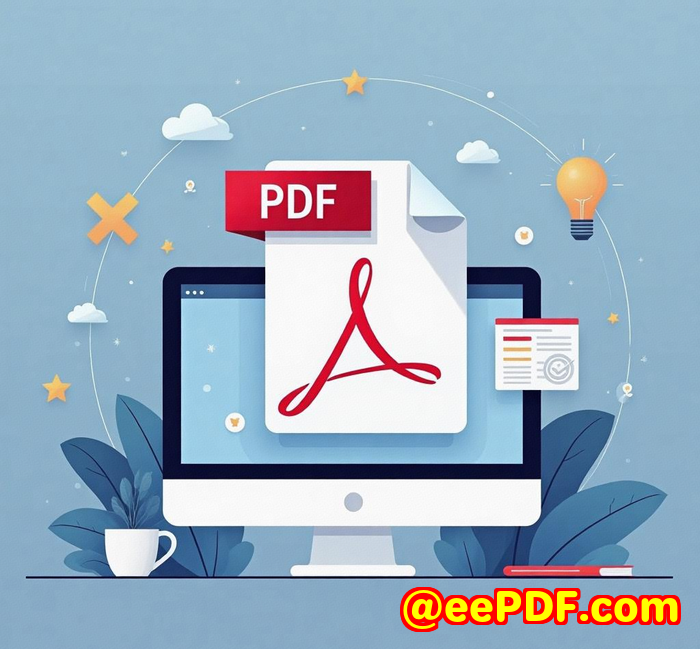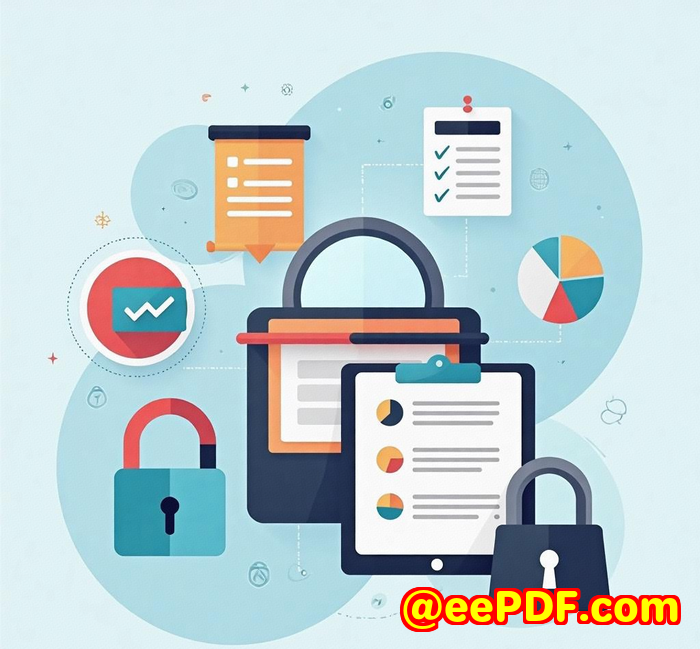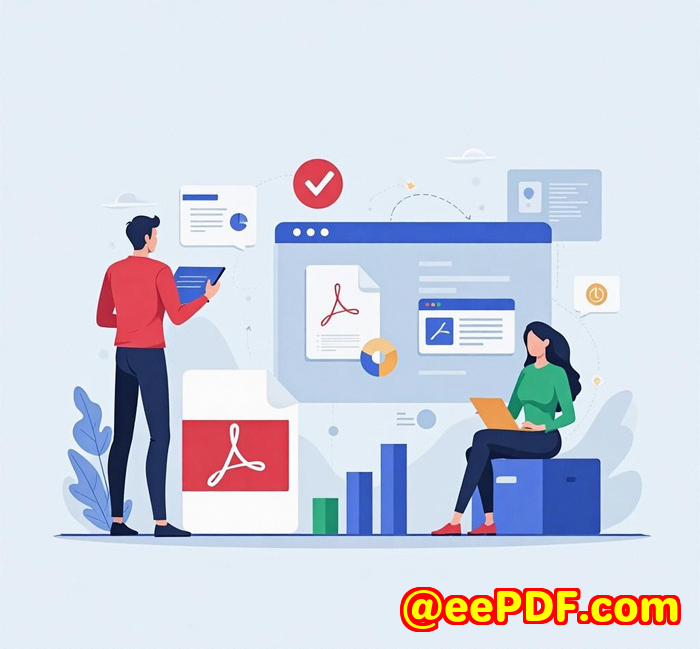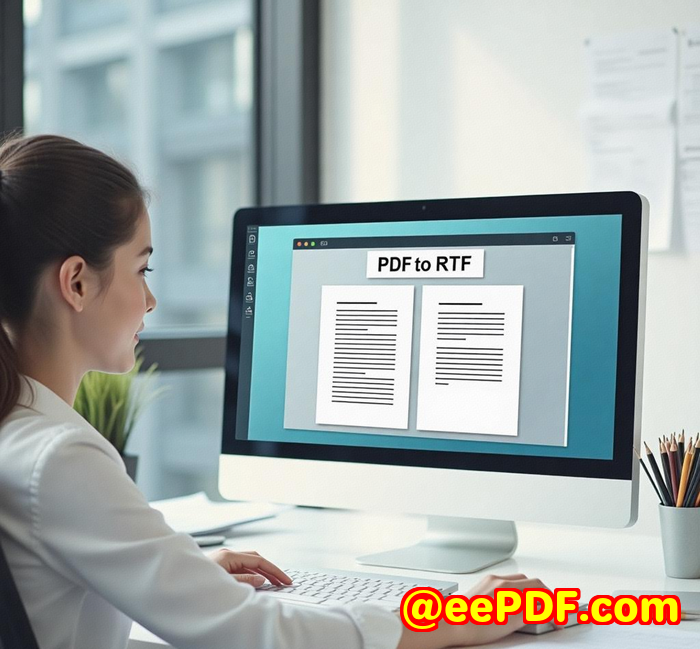Extract and Export Data from Multi-page Bank Statements Using imPDF PDF Table Detection API
Extract and Export Data from Multi-page Bank Statements Using imPDF PDF Table Detection API
Every month, I'd find myself drowning in piles of bank statementsdozens of pages, each packed with transaction tables, scattered numbers, and hard-to-read layouts. If you've ever tried to extract useful data from multi-page PDF bank statements, you'll know the headache. Manually copy-pasting tables from PDFs into Excel isn't just tedious; it's error-prone and eats up precious hours.

That's why when I stumbled upon the imPDF Cloud PDF REST API, especially its PDF Table Detection API, it felt like finding a secret weapon for handling complex, multi-page financial documents. Whether you're a developer building fintech apps or a data analyst needing clean exports from messy PDFs, this tool has made my workflow so much smoother.
Let me walk you through how imPDF helped me extract and export data from multi-page bank statements without breaking a sweatand how it can do the same for you.
Why Extracting Tables from Multi-page Bank Statements Is a Nightmare
Bank statements usually come in PDFs, and these PDFs aren't always created with data extraction in mind. Tables might span several pages, have inconsistent formatting, or include headers and footers that confuse automated tools.
Before imPDF, I tried several approaches:
-
Using standard PDF readers with manual copy-paste, which was painfully slow.
-
Exporting to Excel through generic converters, only to deal with garbled data and lost formatting.
-
Employing free online tools, but they often couldn't handle multi-page PDFs or would butcher the tables.
The pain was real, especially when tight deadlines hit, and accurate financial data was non-negotiable.
Discovering the imPDF Cloud PDF REST API for Developers
When I first explored imPDF's offerings, I was impressed by its comprehensive Cloud PDF REST API designed specifically for developers needing to integrate powerful PDF processing into their apps and workflows. The standout for me was the PDF Extract API, which includes advanced table detection.
Here's what makes this tool a game-changer:
-
Robust Table Detection that identifies and extracts tables across multiple pages without losing data integrity.
-
Export to Excel-friendly formats allowing seamless data manipulation after extraction.
-
Scalability to handle anything from a single statement to bulk processing hundreds of PDFs.
-
REST API interface compatible with almost any programming language or low-code platform, making integration a breeze.
How I Used imPDF's PDF Table Detection API: Real-World Experience
I hooked the API into a Python script designed to automate monthly bank statement processing for our finance team. Here's the breakdown:
-
Upload and Validate: Using the API Lab interface, I tested sample bank statements online, adjusting detection settings until tables were perfectly recognized.
-
Extract Multi-page Tables: The API handled statements that stretched 20+ pages, pulling all tables as continuous datasets. This meant I no longer had to piece together fragmented tables from different pages manually.
-
Export to Excel: Extracted tables were delivered in clean Excel formats, fully preserving row and column structures, allowing the finance team to filter and analyse transactions effortlessly.
Key Features That Made a Difference
1. Accurate Multi-page Table Extraction
Unlike many tools that only parse tables on a single page, imPDF's API smartly recognizes table structures spanning several pages, keeping headers aligned and preventing data loss. I tested this with statements from multiple banks, each with different layouts, and the API adapted without a hitch.
2. Customisable Extraction Options
Through API Lab, I could tweak detection parameterslike ignoring page headers or footers, adjusting table boundary sensitivity, and even specifying columns of interest. This level of control meant I could fine-tune the extraction for specific client needs.
3. Seamless Integration & Code Generation
The API Lab also generated ready-to-use code snippets in languages like Python, C#, or JavaScript. This saved me hours of coding and debugging, letting me focus on building the application logic around data extraction.
Why imPDF Stands Out Compared to Other PDF Extraction Tools
I've tried other popular PDF table extractors. Here's why imPDF beats them:
-
Consistency with Complex Layouts: Many tools falter when encountering tables with irregular borders or multi-row headers. imPDF's engine is designed by PDF experts to handle these quirks gracefully.
-
Developer-Friendly API: It's not just a one-trick web app. It's an API with extensive documentation, community support, and sample code, perfect for embedding in production systems.
-
Broad PDF Processing Suite: Beyond table extraction, imPDF offers APIs for OCR, form data processing, and securitymaking it a one-stop shop for document automation.
Who Will Benefit Most from imPDF PDF Table Detection API?
-
Financial Analysts and Accountants dealing with large volumes of bank statements and financial reports.
-
Developers building fintech apps that require dynamic PDF data extraction without manual intervention.
-
Businesses automating invoice and expense processing needing reliable table extraction from scanned or digital PDFs.
-
Data scientists and researchers who want to convert PDF reports into analysable spreadsheets.
Why You Should Try imPDF for Extracting Tables from Bank Statements
If you regularly wrestle with multi-page bank statements, you know the pain of ensuring accuracy and speed.
imPDF's PDF Table Detection API has streamlined this process for me, saving countless hours while improving data reliability.
From easy integration, comprehensive feature set, to superior extraction accuracy, it's the tool I now trust for all PDF table extraction needs.
I'd highly recommend this to anyone who deals with extracting data from multi-page PDF bank statements or similar complex documents.
Ready to see how much time you can save? Start your free trial now and boost your productivity: https://impdf.com/
Custom Development Services by imPDF
imPDF isn't just about off-the-shelf tools. They also offer custom development services tailored to your unique PDF and document processing needs.
Whether you need bespoke PDF processing utilities on Linux, Windows, macOS, or mobile platforms, or specialized capabilities like barcode recognition, OCR table extraction, or print job interception, imPDF can build solutions around Python, PHP, C/C++, JavaScript, .NET, and more.
If you have complex workflows or require integrations with existing software, their team can deliver custom API solutions, virtual printer drivers, document form generators, and cloud-based PDF conversion services.
Reach out via their support centre at http://support.verypdf.com/ to discuss your project.
FAQs
Q1: Can imPDF handle scanned bank statements that require OCR before table extraction?
Yes, imPDF's OCR PDF API can convert scanned images into searchable PDFs, enabling accurate text and table extraction afterward.
Q2: Is the PDF Table Detection API suitable for non-bank PDFs like invoices or reports?
Absolutely. The API is designed to extract tables from a wide range of document types, including invoices, financial reports, and research papers.
Q3: Does the API support batch processing for hundreds of bank statements?
Yes, imPDF supports scalable batch processing, ideal for enterprises handling large document volumes.
Q4: Can I customise the output format beyond Excel, like CSV or JSON?
While Excel is the primary export format, you can convert extracted data to CSV or JSON within your app using standard data transformation tools.
Q5: How easy is it to integrate imPDF's API into existing workflows?
Very easy. With RESTful endpoints, detailed documentation, and ready-made code samples, integration fits smoothly with most tech stacks.
Tags
-
PDF table extraction
-
Multi-page bank statement data extraction
-
PDF to Excel API
-
Financial document automation
-
imPDF Cloud PDF REST API
If you're looking to ditch the manual grunt work and automate extracting tables from bank statements, imPDF's API is your best bet. It saved me countless hours and made my financial data processing workflow smarter and faster. Try it today at https://impdf.com/ and experience the difference yourself.



